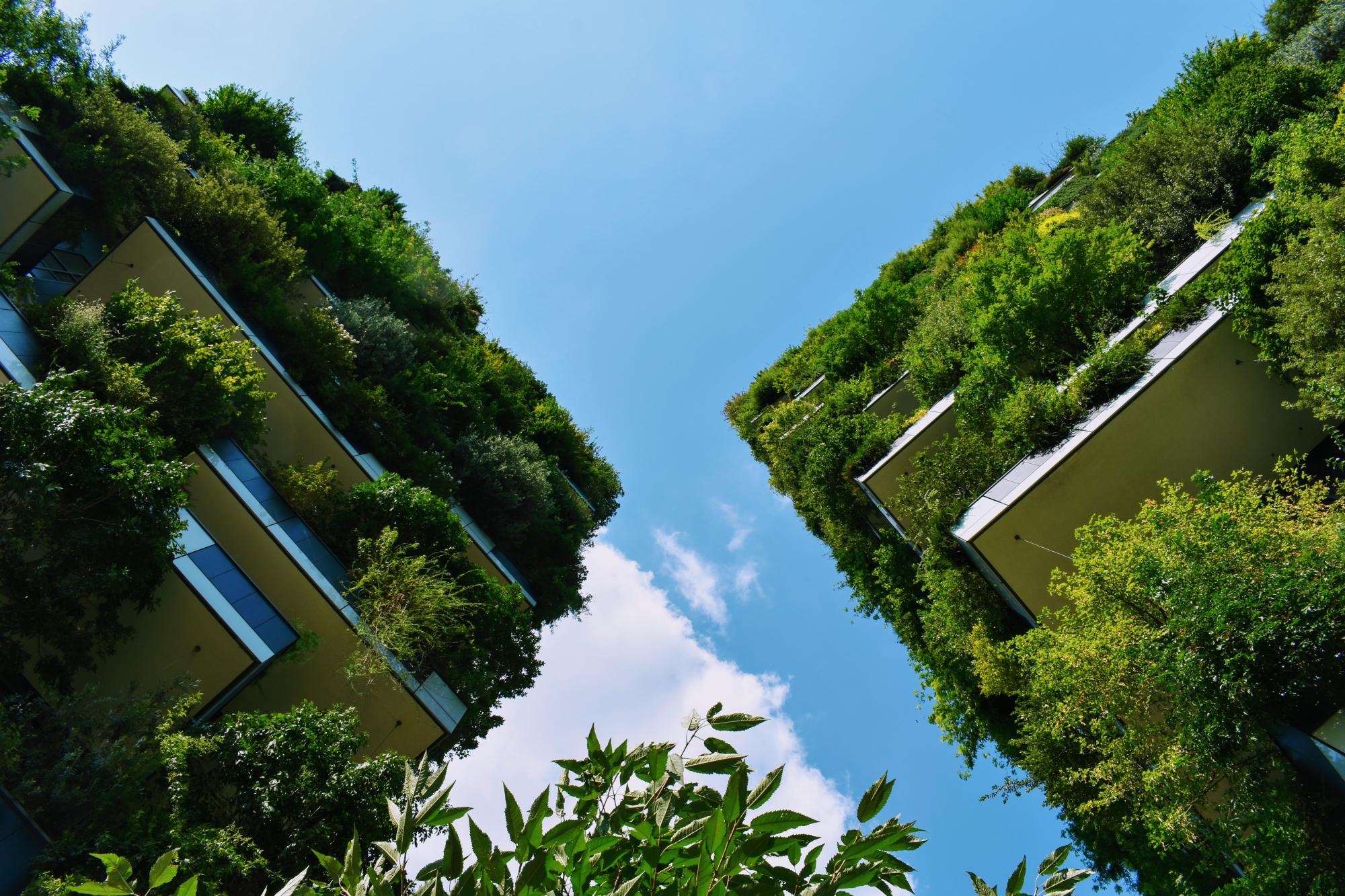The Rioni River basin is the second largest in Georgia, originating in the Greater Caucasus range and flowing into the Black Sea, traversing the town of Samtredia. Samtredia has been affected directly on many occasions by floods that have become a current occurrence in the Rioni River basin as of late. The underlying causes of vulnerability to climate change in the Rioni basin can be categorised into 1) physical factors –direct manifestations of climate change, 2) factors caused by anthropogenic intervention – those related to the harmful ways in which humans have and continue to interact with the environment which has exacerbated vulnerability and 3) Institutional factors – related to the legislative/regulatory barriers placed by government and other institutions, as well as limited capacity (human and resources) to manage climate change vulnerability. Flooding has been harmful not only to the local population but also to the biodiversity of the area, which suffered losses and an ecological imbalance and a disruption in the habitat patterns of local fauna. Many of these issues became the focal point of an activity developed by the Adaptation Fund alongside the Georgian government as early as 2012. The intervention stretched for 4 years and involved several localities in the Rioni River Basin, including Samtredia municipality, consisting of creating bank terracing, vegetative buffers, and tree revetments in order to address floods related to the Rioni River basin and the localities it traverses. (1,2)
Overview
Nature-based solution
- Blue infrastructure
- Rivers/streams/canals/estuaries
- Community gardens and allotments
- Horticulture
- Grey infrastructure featuring greens
- Riverbank/Lakeside greens
Key challenges
- Climate action for adaptation, resilience and mitigation (SDG 13)
- Climate change adaptation
- Environmental quality
- Soil quality improvement
- Green space, habitats and biodiversity (SDG 15)
- Habitat and biodiversity restoration
- Green space creation and/or management
- Water management (SDG 6)
- Flood protection
- Economic development and employment (SDG 8)
- Employment/job creation
Focus
Project objectives
Implementation activities
Climate-focused activities
Climate change adaptation:
- Implement measures that prevent/manage desertification, soil erosion and landslides
- Renaturalization of rivers and other water bodies
- Other
Biodiversity conservation or restoration-focused activities
Biodiversity restoration:
- Rehabilitate and restore damaged or destroyed ecosystems
- Restore species (native, endangered, or unspecified)
- Public engagement
Main beneficiaries
- Local government/Municipality
- Citizens or community groups
- Food producers and cultivators (i.e. farmers, gardeners)
Governance
Management set-up
- Co-governance with government and non-government actors
Type of initiating organisation
- Local government/municipality
- Multilateral organisation
Participatory approaches/ community involvement
- Dissemination of information and education
- Consultation (e.g. workshop, surveys, community meetings, town halls)
- Joint implementation (e.g. tree planting)
- Co-management/Joint management
Details on the roles of the organisations involved in the project
Project implemented in response to ...
Financing
Total cost
Source(s) of funding
- Multilateral funds/international funding
Type of funding
- Direct funding (grants, subsidies, or self-financed projects by private entities)
Non-financial contribution
- Provision of land
- Provision of labour
- Provision of expertise
- Public authorities (e.g. land, utility services)
- Citizens (e.g. volunteering)
Impacts and Monitoring
Environmental impacts
- Environmental quality
- Improved soil quality
- Water management and blue areas
- Increased protection against flooding
- Green space and habitat
- Increased green space area
- Increased number of species present
Economic impacts
- Increase of green jobs (e.g. paid employment positions)
Socio-cultural impacts
- Safety
- Improved community safety to climate-related hazards
- Social justice and cohesion
- Fair distribution of social, environmental and economic benefits of the NBS project
- Increased involvement of locals in the management of green spaces
- Education
- Increased knowledge of locals about local nature
- Other
Type of reported impacts
Presence of formal monitoring system
Presence of indicators used in reporting
Presence of monitoring/ evaluation reports
Availability of a web-based monitoring tool
References
2. Adaptation Fund (no date), Program Information (documentatioj regarding the intervention), available at Source link (accessed 15-04-2022)
3. ReliefWeb (2015), Forests: Slowing the Flow, available at Source link (accessed 15-04-2022)
4. Adaptation Fund (2019), Evaluation Report, available at Source link (accessed 15-04-2022)
5. UNDP (2016), Flood Management in the Rioni River Basin, available at Source link (accessed 15-04-2022)
6. UNDP (2016), Climate Change Adaptation in Europe and Central Asia: Adapting to a changing climate for resilient development, available at Source link (accessed 20-04-2022)


